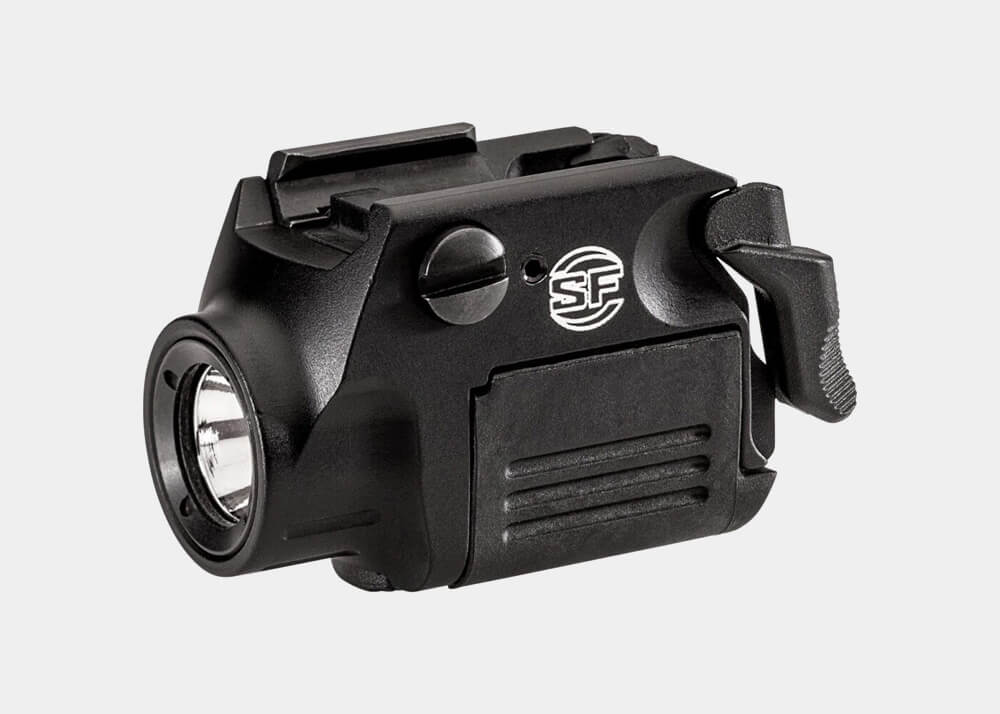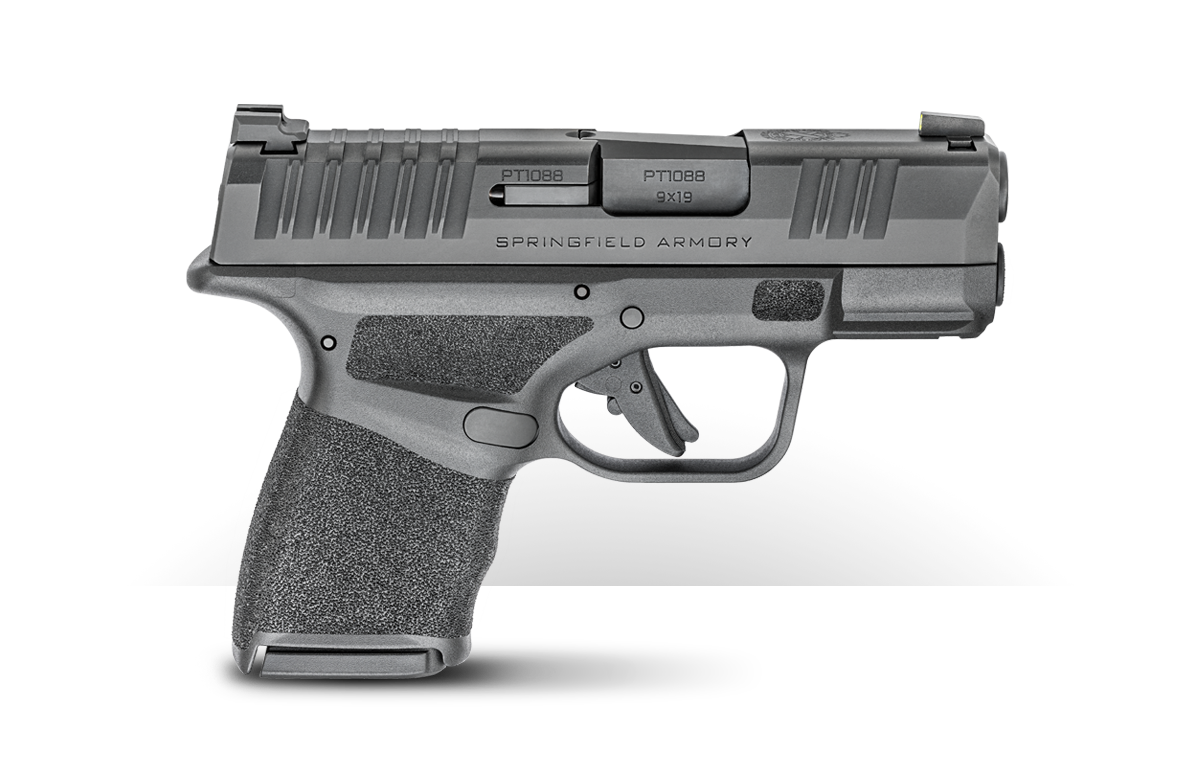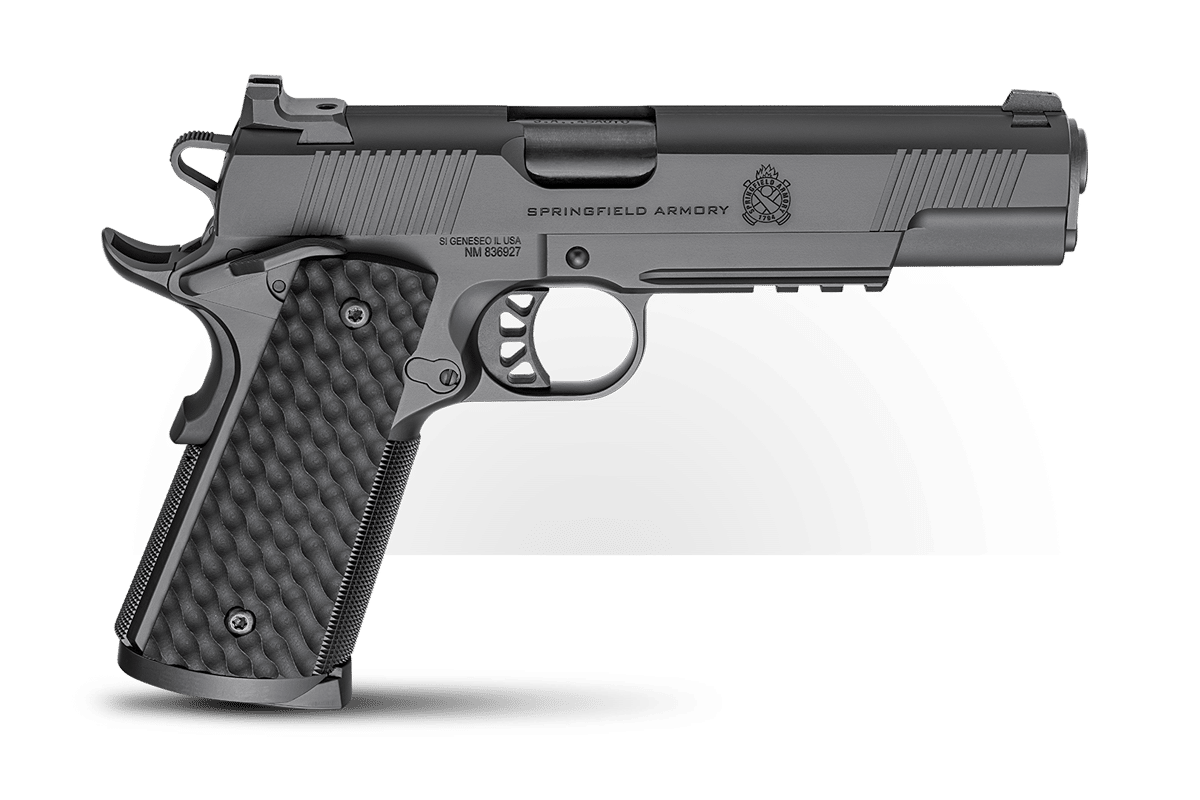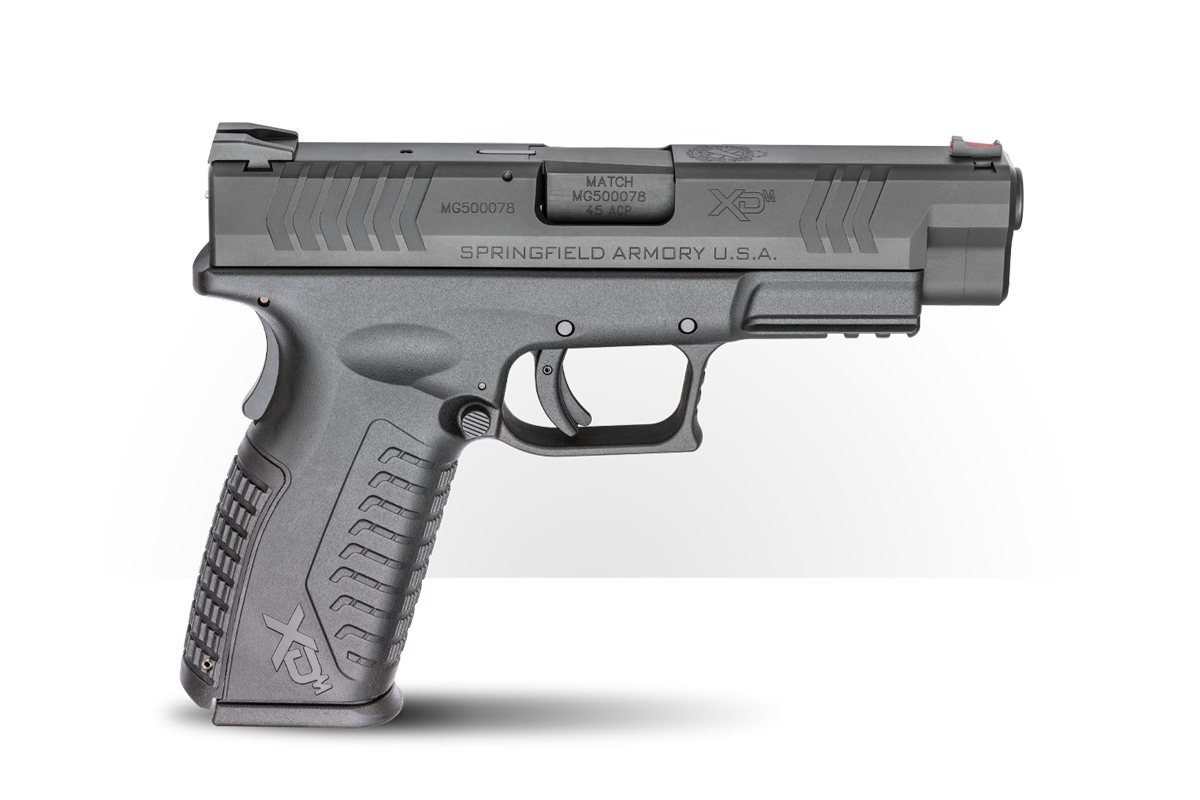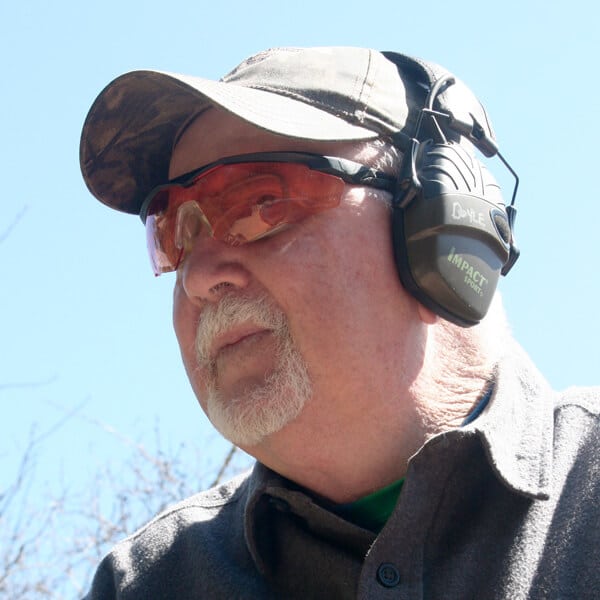Don’t Make These Weaponlight Mistakes!
December 6th, 2021
5 minute read
A harsh reality of armed conflict is that a great deal of it takes place under less than optimal light conditions. Statistics from a number of definitive sources continue to illustrate that more than 60% of police action shootings occur in reduced light environments. Although the environmental conditions where armed citizens have to resort to a firearm to defend themselves may not exactly mirror those of the police, it’s a pretty safe bet that a large percentage are in poor light.
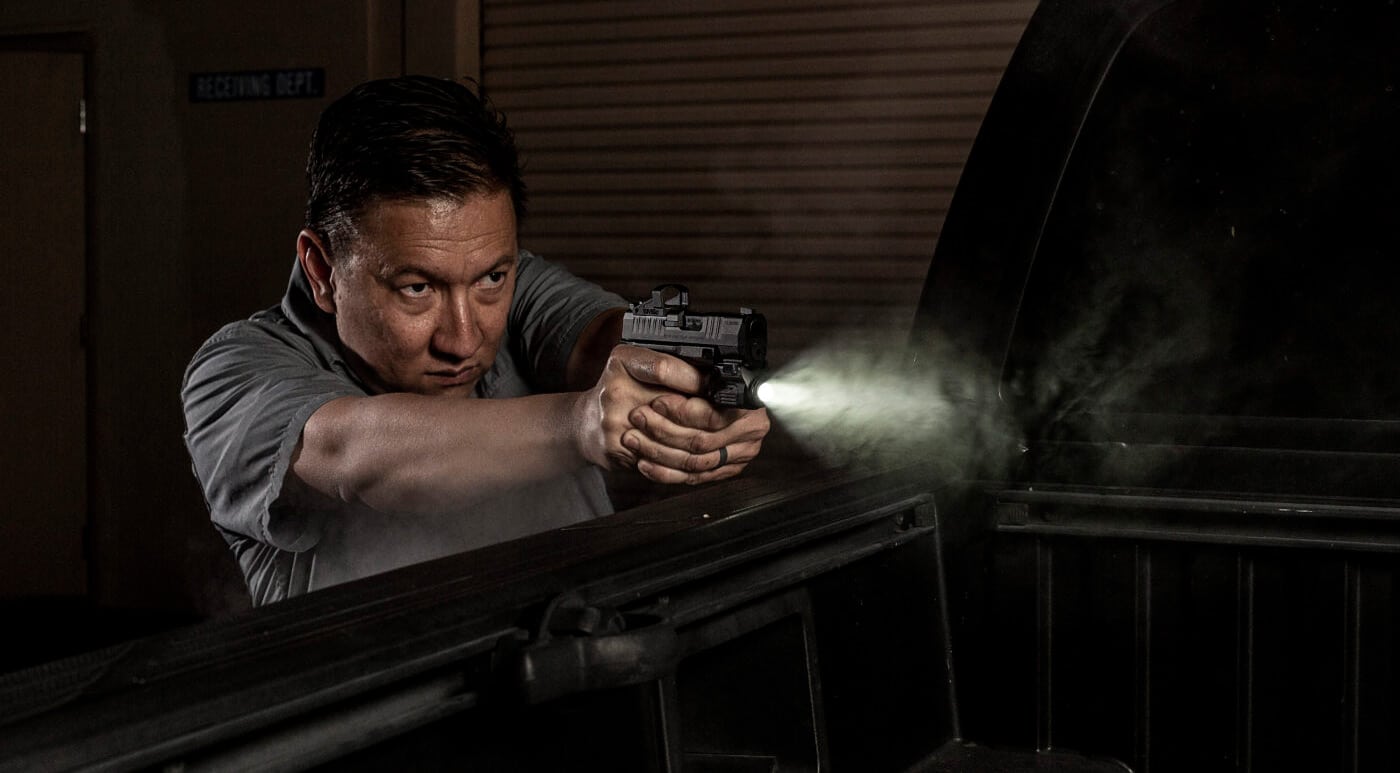
For the law enforcement officer or armed citizen, reduced light presents a number of challenges. Even simple tasks such as navigation are compromised. In the dark, you may be able to get around your house just fine, but negotiating unfamiliar terrain or surroundings will be problematic. Locating potential danger is yet another issue. Once you locate a possible threat, you have to make a near-instantaneous assessment of the danger and if necessary, apply the appropriate level of force.
Onboard Option
Many of us are familiar with using a flashlight to search, manage threats and to deliver accurate fire. I would go as far as to say that if you carry a handgun for personal defense, you should also have a flashlight with you at all times. Anyone serious about personal defense needs to know the basics of working a flashlight in concert with the handgun.
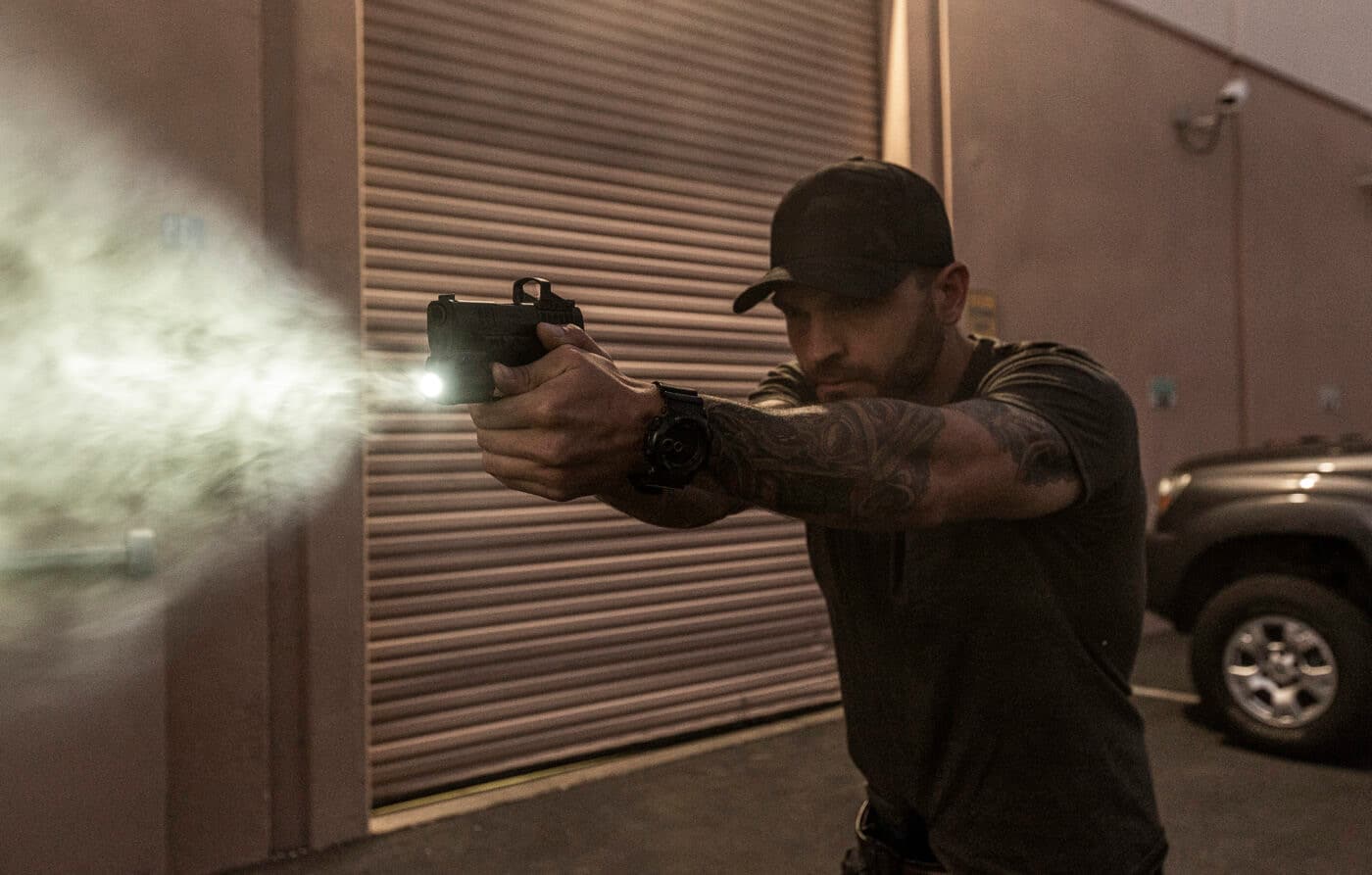
While a handheld flashlight remains an indispensable tool, under certain conditions coordinating it with the pistol can be a very difficult task. This is especially true when you factor in threats at longer distances, movement and the extreme stress of a life-threatening encounter. One possible solution is to affix the light directly to the pistol.
Weapon Mounted Lights (WMLs) have actually been around since the time of World War I, but it has only been in recent years that they have reached a high level of popularity. Back in the late 1990s, the various manufacturers began turning out pistols with an integral rail for affixing a light or laser aimer.
Around the same time, Insight Technology introduced the M-3, a compact WML that could be quickly affixed or removed from a pistol. By arraying the batteries side by side rather than inline like a traditional flashlight, pistols with the M-3 mounted could be carried in a conventional style holster. This innovative design set the stage for better things to come and made pistols with WMLs popular for both patrol officers and responsible citizens.
The Do’s (and Don’ts)
A light mounted directly to the pistol affords any number of advantages. The most obvious is that the beam of the light automatically lines up with the pistol. In a stressful situation, this is a far better solution than any of the “hands together” flashlight-assisted shooting techniques. Basic operational skills such as drawing and getting into action, reloading and the clearing of stoppages are far easier to perform because the support hand isn’t occupied by a flashlight. One will also be to move and utilize cover far more effectively.
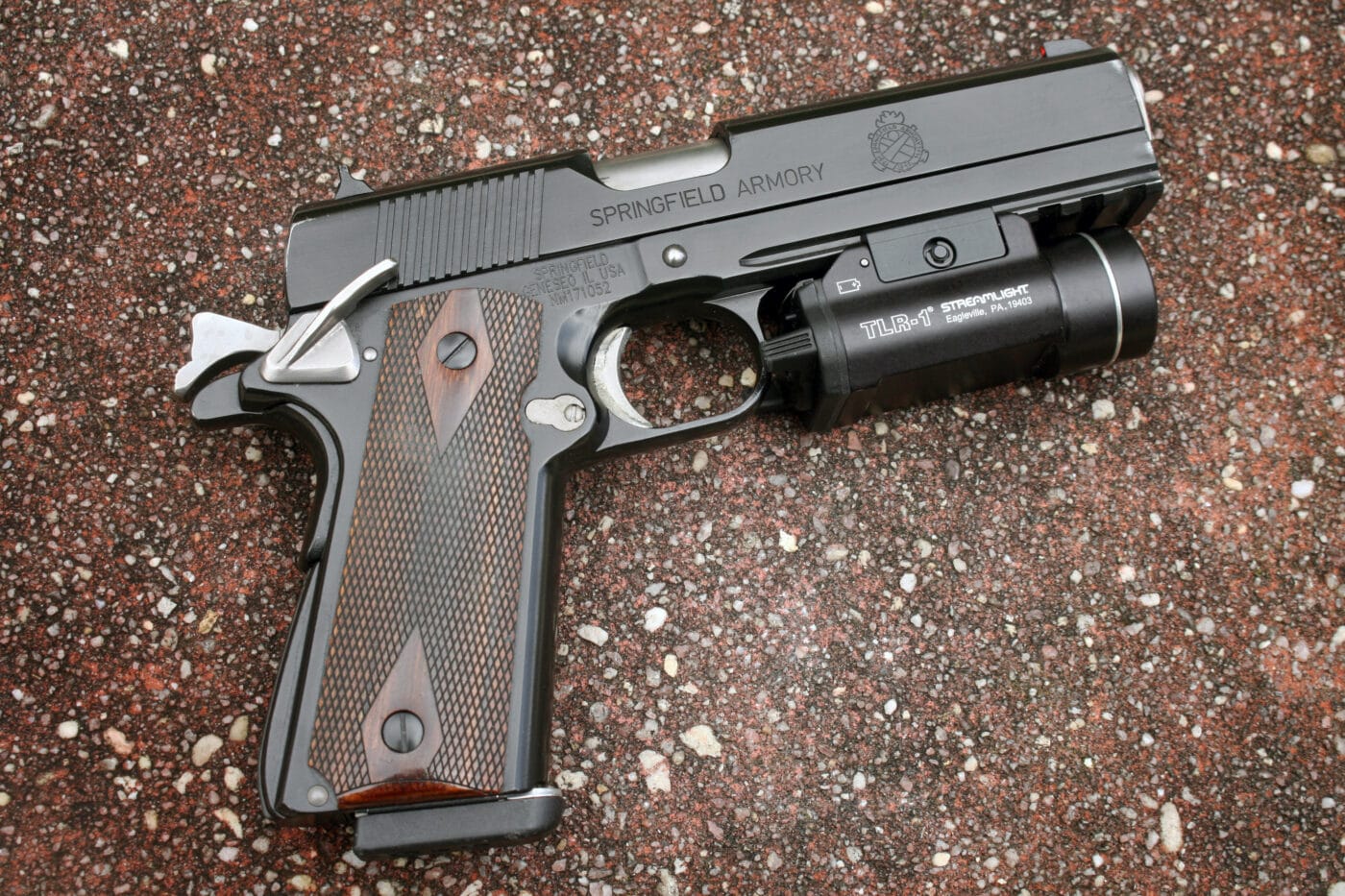
There are, however, a number of caveats associated with using a weapon-mounted light. Generally speaking, momentary activation is better than constant on. When searching or probing environments where there could be armed hostiles, illumination should be unpredictable and no more than a second or two. Remember light works both ways and you don’t want to become a bullet magnet.
Weapon mounted lights are a threat management device rather than a utility tool and they do not replace the flashlight for routine tasks. I am personally familiar with a few horror stories where law enforcement officers used a WML in the same manner as a flashlight, much to the dismay of all around. Continue to carry that small tactical light for routine tasks and go to the WML when an element of danger is apparent.
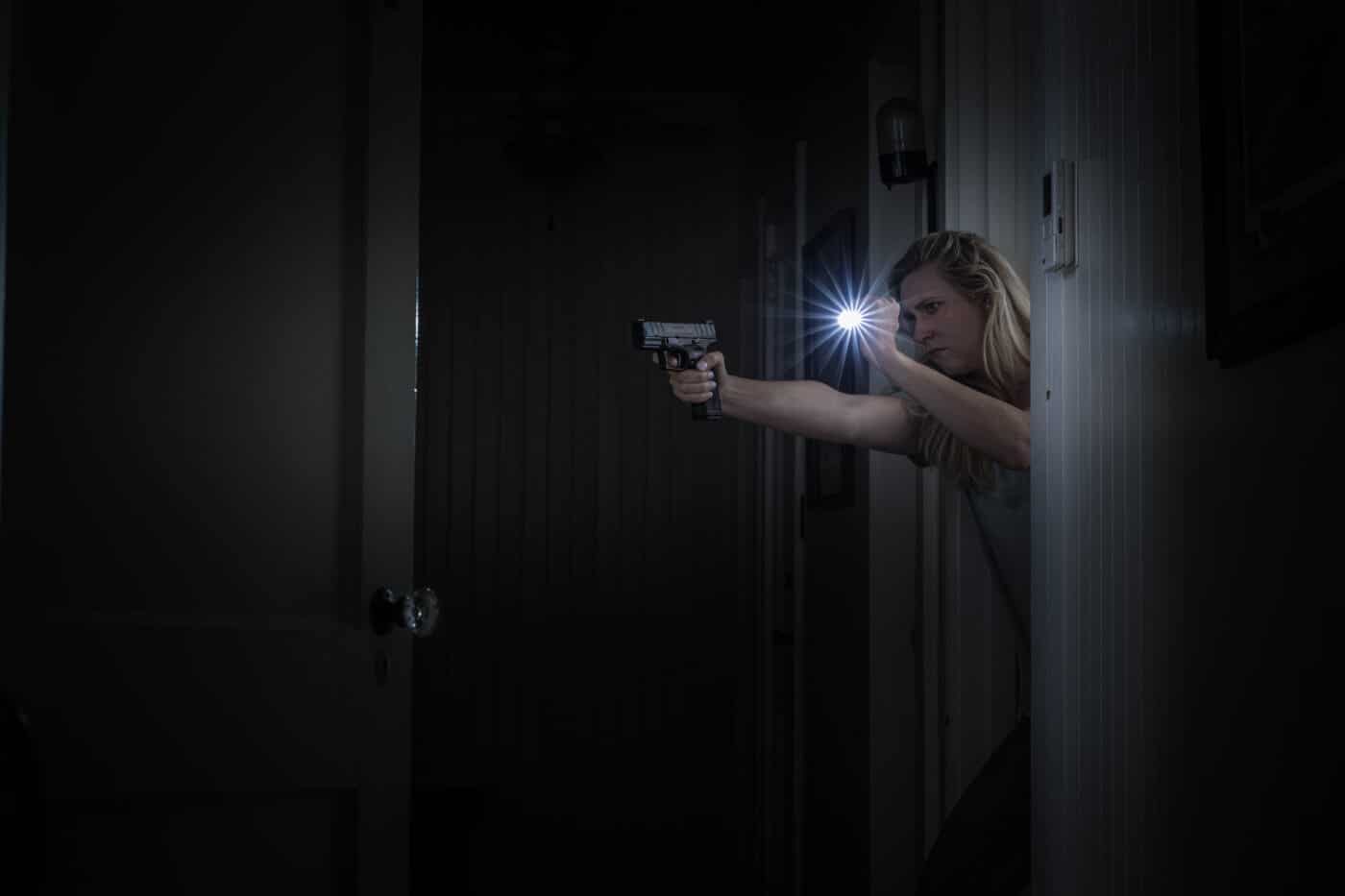
The current crop of WMLs all feature rear-mounted activation switches that deliver constant on, momentary and sometimes strobe illumination. Switch function varies among the manufacturers, but one constant is that activation should be done with the thumb of the support hand and not the trigger finger. In a highly charged, stressful situation, trigger finger activation is a recipe for disaster.
When affixing or removing a WML from your pistol, be sure it is unloaded. Today there is a wide range of light bearing holsters dedicated to a particular light and pistol. Be sure to get one dedicated for your pistol/light combo as almost fits simply won’t do.
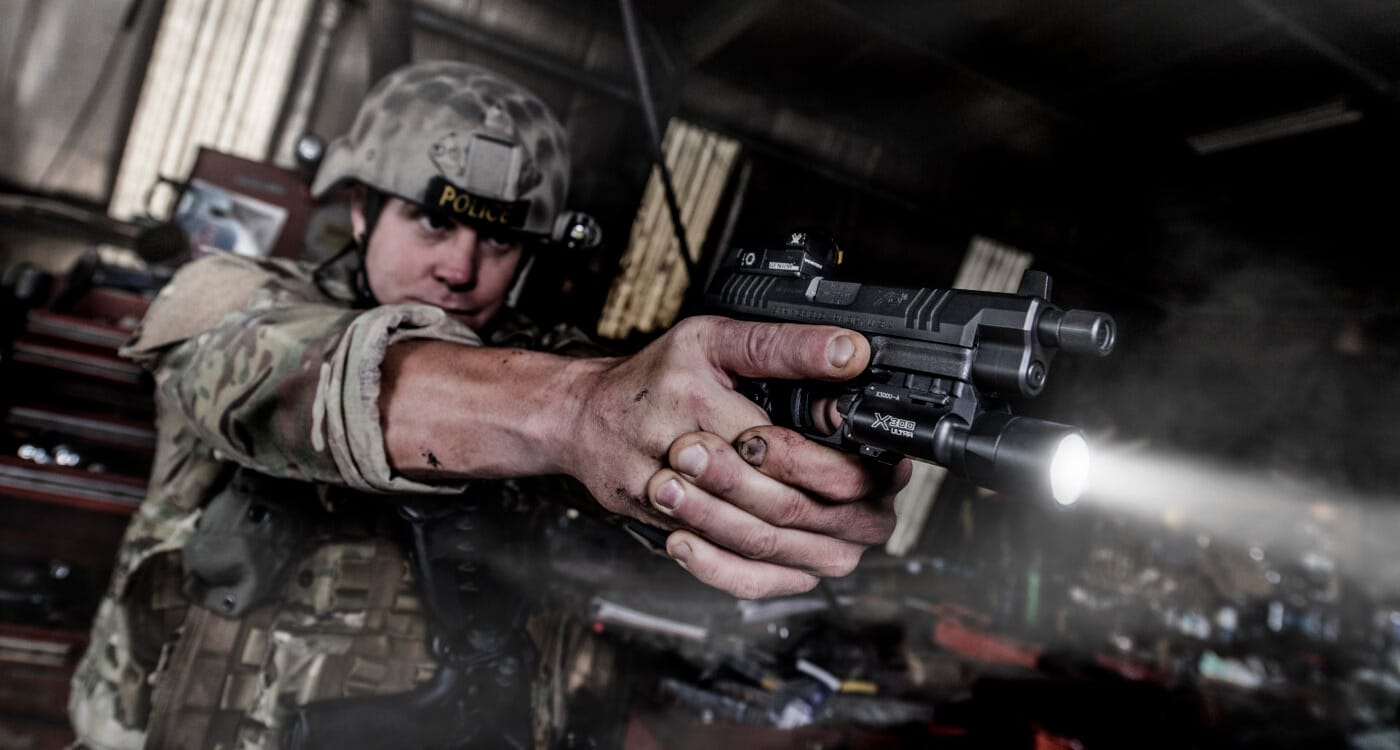
Conclusion
The current crop of WMLs from Crimson Trace, Inforce, Streamlight, Surefire and others feature LED emitters and put out anywhere from 200-1,000 lumens of intense white light. Not only are WMLs available for service-size pistols, but compact and subcompact pistols such as the Springfield Armory XD-S and Hellcat.
Having the right equipment in time of need can give you the needed edge to prevail. A weapon-mounted light will not only give you the ability to get hits on a threat, but just as importantly, help you discriminate friend from foe. Light helps us make an informed decision.
Editor’s Note: Please be sure to check out The Armory Life Forum, where you can comment about our daily articles, as well as just talk guns and gear. Click the “Go To Forum Thread” link below to jump in and discuss this article and much more!
Join the Discussion
Featured in this article
Continue Reading
Did you enjoy this article?

 210
210




